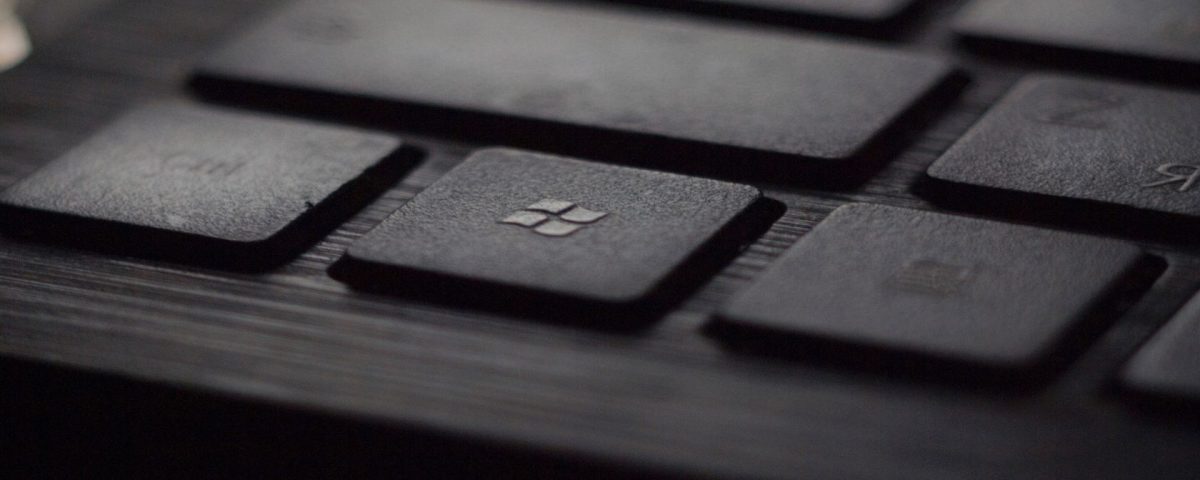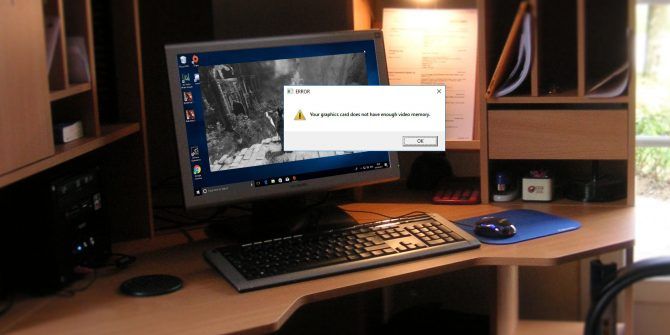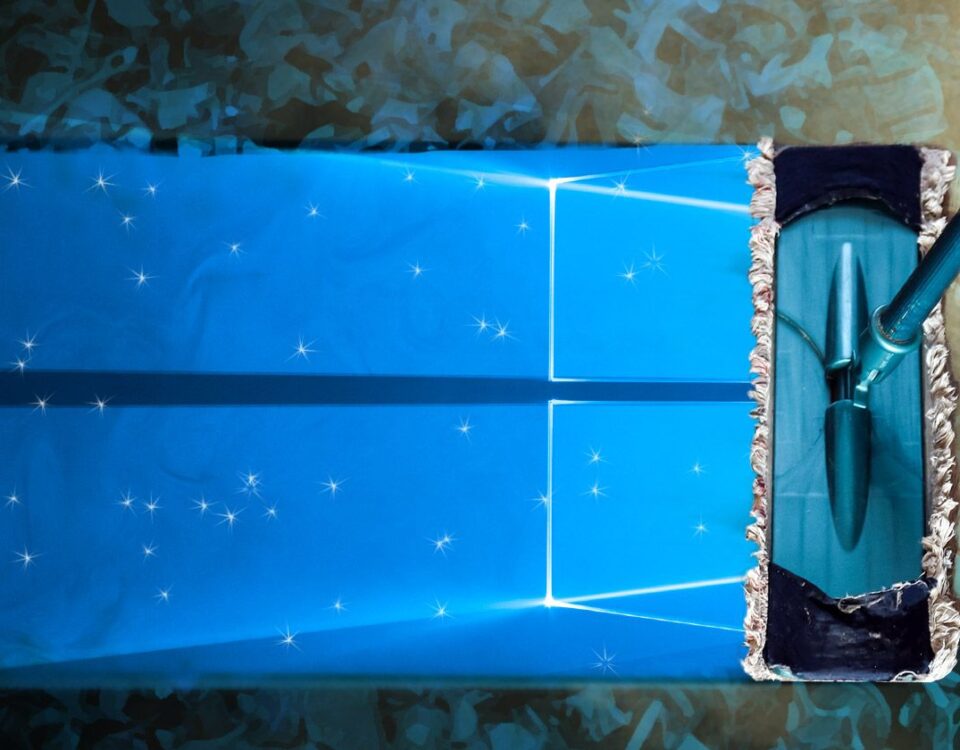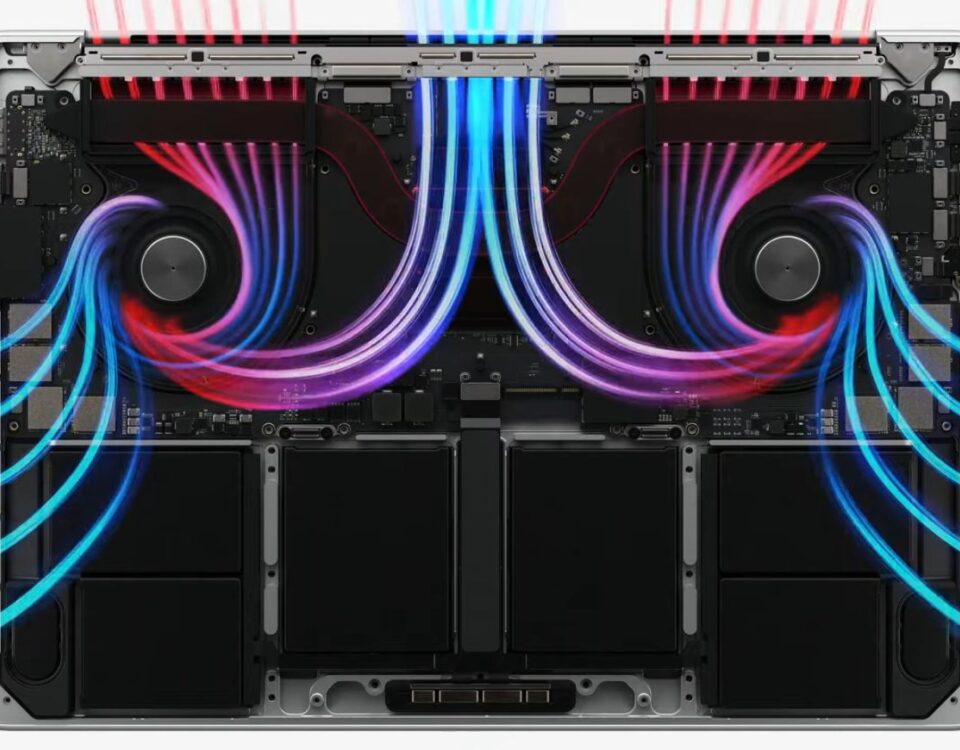
Do Windows Registry Cleaners Actually Make a Difference?
9 marzo, 2021
10 Ways to Improve Gaming Performance on Your Laptop
10 marzo, 2021How to Boot From USB on Windows

Cómo arrancar desde USB en Windows
It’s possible to boot Windows from a USB drive, as long as you follow the right approach. Here are the best ways to boot from USB on Windows 10.
So you want to boot Windows 10 from a USB flash drive?
Maybe you need to install a new version of Windows 10, or you’re looking to troubleshoot some problems. Whatever the reason, by the end of this article, you’ll be comfortable with booting your PC from a USB flash drive.
So let’s get started with booting your Windows from a USB drive.
How to Boot Windows 10 from a USB Flash Drive
To run Windows from a USB stick, you’ll need a bootable USB drive. But what’s a bootable USB anyway?
Simply put, a bootable USB is a USB drive that contains an ISO version of an operating system. An ISO file is a clone of disc files (DVD or a CD). In our case, the USB flash drive will contain the ISO version of the Windows 10 operating system.
So the first thing you need to take care of before you boot your Windows from a USB drive is to make your USB drive bootable. But how do you do that?
While there are plenty of methods to create a bootable USB drive, the easiest one is to use the Windows 10 Media Creation Tool. It’s a free tool from Microsoft that lets you download the ISO image of a Windows installation file onto a DVD or flash drive for installation.
- To get started, download and launch the application. Then select the Create installation media (USB flash drive, DVD, or ISO file) for another PC, and click on Next.
- From there, set your preferred language, Windows edition, and architecture. We suggest that you stick with the Use the recommended method for this PC radio box and let the tool take care of everything. Then, click on Next.
- Now, select the USB flash drive option to boot Windows from a USB drive, and click on Next.
The Windows 10 installation on your USB will begin. Depending on the speed of your internet connection, the whole process could take a while.
Boot From the Windows 10 USB Driver
When your bootable USB drive is ready, you need to restart your PC with your bootable USB drive in it. After you’ve plugged your USB into the computer, here’s what you need to do next:
Startup your computer and repeatedly press the BIOS/ UEFI access key. The key could be ESC, F1, F2, F8, or F10, but it varies between manufacturers.
After successfully pressing the key, you’ll reach the BIOS. In the BIOS, ensure that the USB is set as the main boot device. This is so that your PC can boot directly from the USB flash drive instead of booting from your computer’s hard drive.
At last, save the changes and restart your computer.
If everything was done right, your PC will start from the bootable USB drive containing the Windows files. You are free to use it however you please.
Key Takeaways of Booting Windows From USB Drive
We hope this guide helped you in running your Windows 10 through the USB drive. But don’t stop here. You can also install your Windows through a bootable USB. Learn how to do it from this actionable guide below.
About The Author






